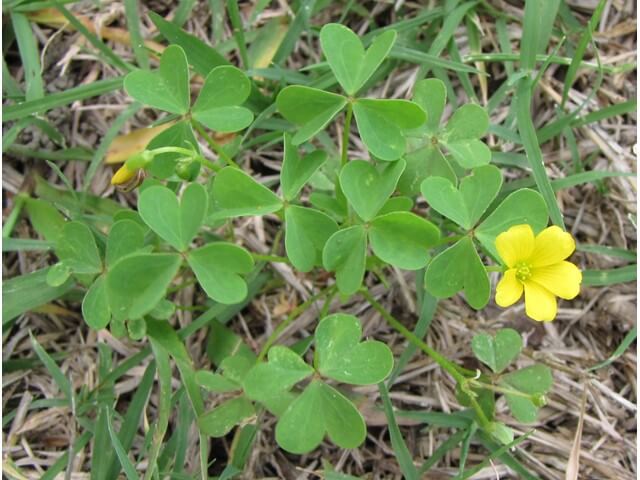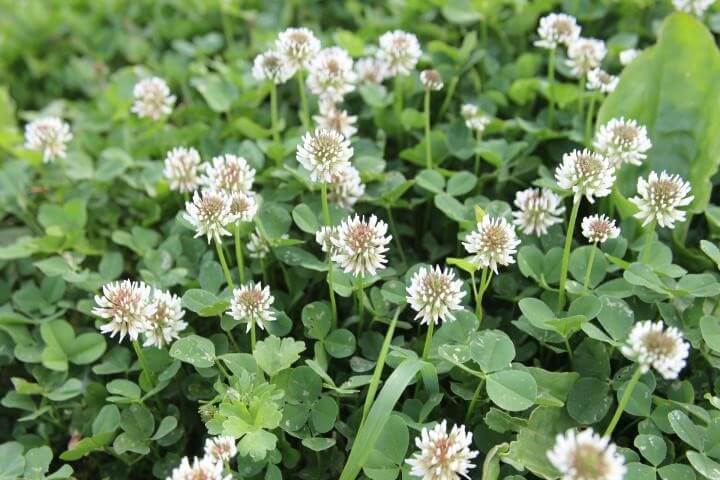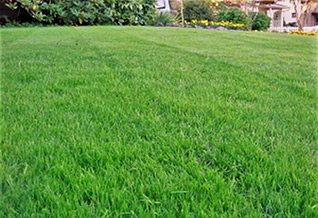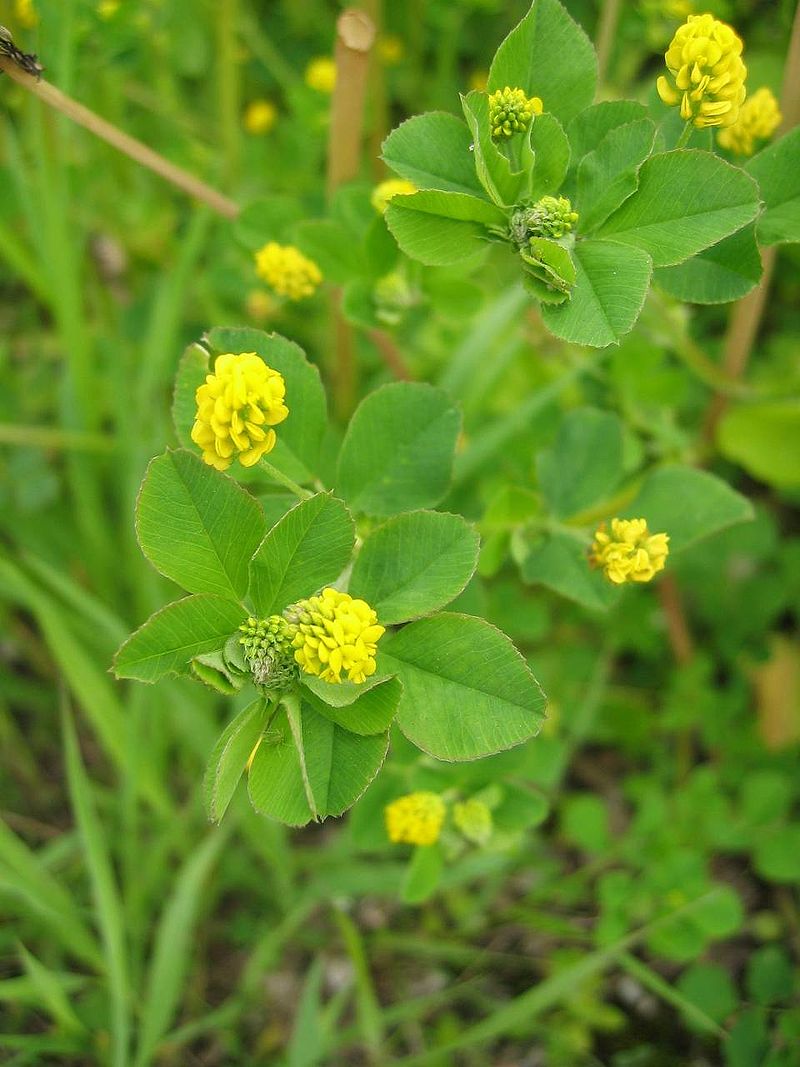Interesting Facts
- Four-leaf clovers are not a variety of clover, but a mutation causing the fourth leaf to develop.
- White clover is native to the Mediterranean. It was introduced as a forage feed for livestock to other areas of the world.
- There are about 300 species of clover.
- Clovers release nitrogen into the soil, and pollinators love the flowers.
- White clover is a favorite food of deer and elk.
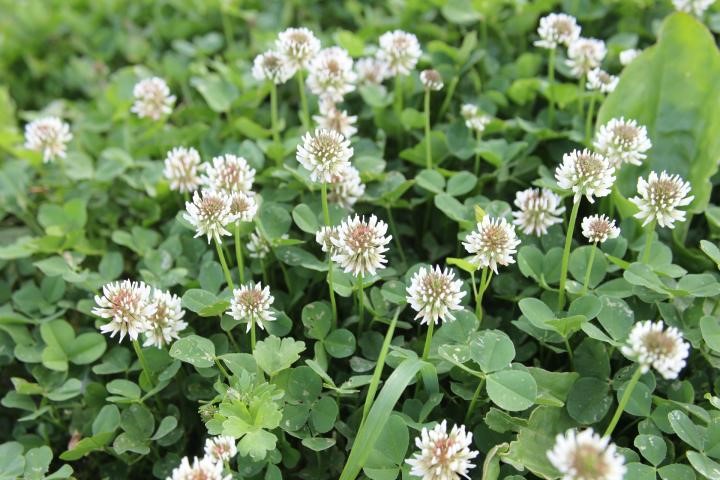
Ideal Conditions for Weed Growth
The most common clover that we find is white clover. It thrives in cool, moist climates. But it is a hardy weed and can tolerate many different conditions. White clover even grows great in clay soils like we have here in Colorado. It can be very hard to get control of because it is so successful. Clover is known to be a soil fixer by releasing nitrogen into the soil. However, this just means that the soil is nutrient deficient, and won’t support grass growth very well.How to Control Clover
Since clover is mainly found in nutrient deficient soils, it can be controlled indirectly by correcting cultural practices. This includes watering properly, mowing tall, and feeding the lawn organic matter. This will take time, but will be the most effective method at getting control of clover. If you want the weed gone now, we have seen good results with our organic One Earth weed control, using back to back applications, about one week apart. This weed control is used in lawns, and is also an organic fertilizer. After the second application you should see the weeds turn brown or black and break down.Is this Clover?
The below photo is of a weed called oxalis or woodsorrel. This weed is often confused with clover because of the triple-leaflet shape. Not only that, but many nurseries refer to oxalis as shamrocks, causing a lot of confusion. The flowers of oxalis are quite different from the white flower of clover.